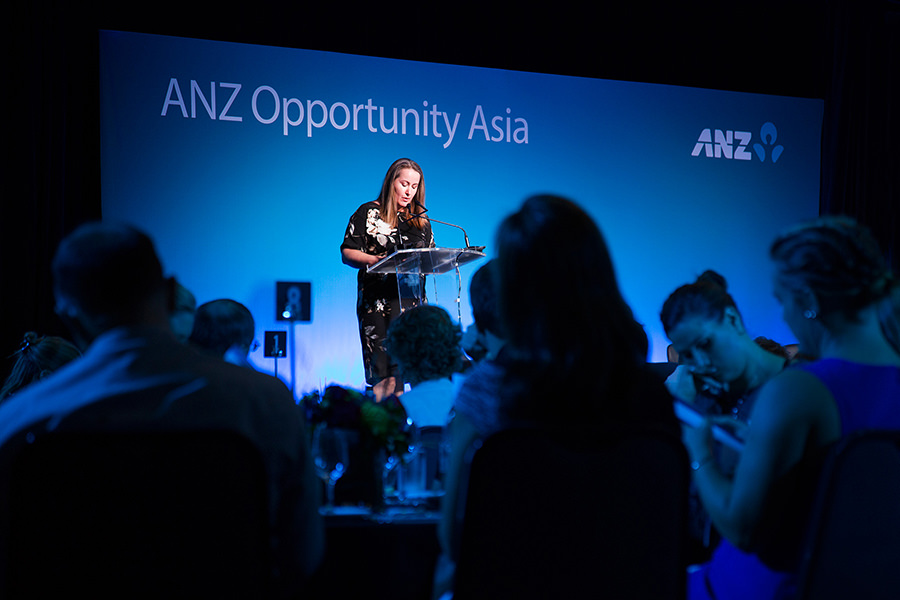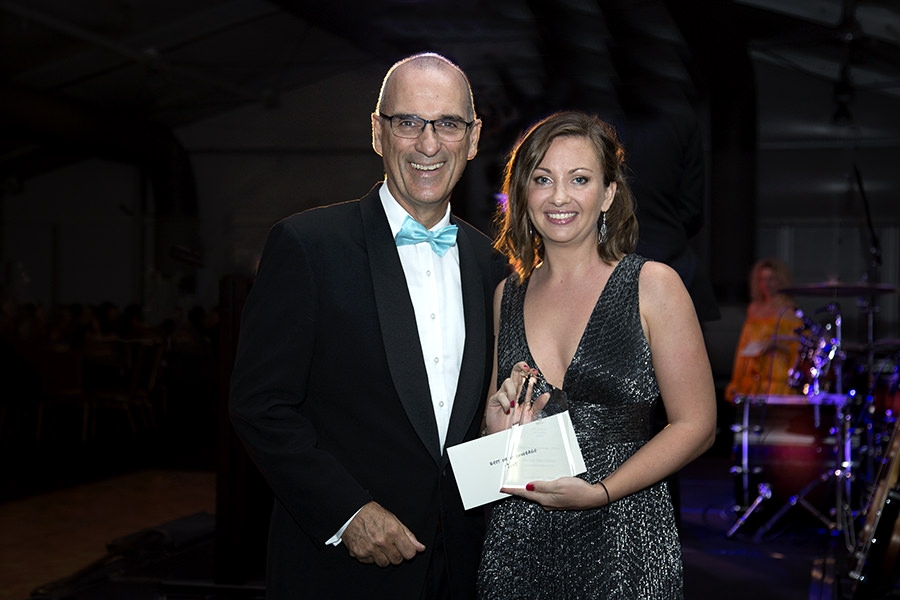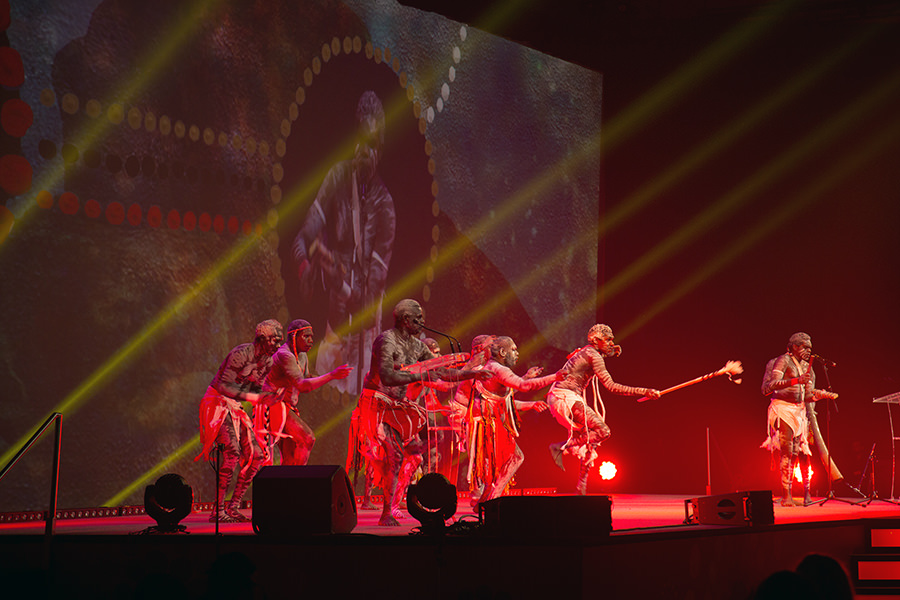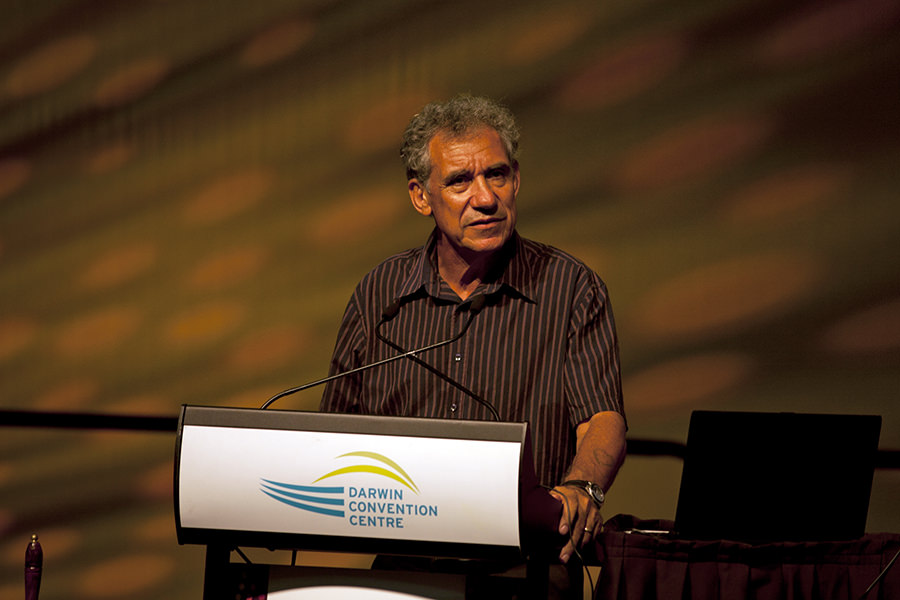Event photography
Darwin event photographer Nicholas Gouldhurst outlines some essential photography tips on how to create successful event photographs.
Event photography is diverse. You may be engaged to photograph a plenary, workshop, social pics, portraits, studio portraits, exhibitors, entertainers, ceremonies, parties, launches, openings and much more. Photographing events is broad and varied and takes you into areas you would never normally venture.
For this reason you need to be well prepared and gain a thorough brief from the client before you begin because once the event starts there is no time to get organised and no chance to reshoot.
Whether photographing a forum or a ceremony, a dance performance or a cooking demonstration it is essential to have the appropriate photography equipment.
I generally carry two cameras with 2 different lenses. A 24-110mm and a 70-200mm or 300mm. The 24-110mm is versatile - great for social pics, rooms, entertainment, portraits and much more, while the 70-200 or 300mm is essential for shooting onstage antics from the back of the room such as awards, plenary (speakers) or workshops.
I always use a monopod when using the heavy lenses to shoot action on stage. It’s a sure way to loose a client by delivering blurred photographs of an event they have spent a year to organise..
I only use an on camera flash when shooting social pics. For everything else indoors, shoot at 60 with the aperture wide open and correct the exposure by increasing the ISO. The beauty of contemporary professional DSLRs is you can pump up the ISO and not get lots of ugly noise.
Event Photography Tips
Ask for a thorough brief
Use 2 cameras with different lenses
Use a monopod with the heavier lenses
Don’t use flash
Shoot wide open for indoor events
Pump up the ISO
Increase the black when enhancing the images



